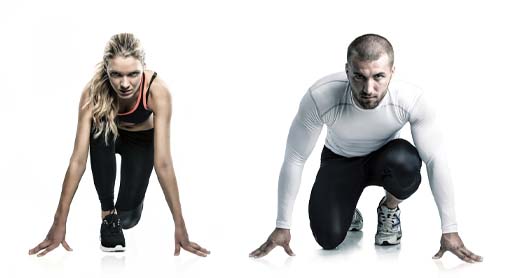Session 1: Mind the gap: gender differences in sport science research and its impact on female athletes
Introduction
Real change, enduring change, happens one step at a time.
The delayed 2020 Olympic Games in Tokyo were the first Games where equal numbers of events and medals were available to females and males. The gap in the number of competitors has started to even out with around 52% athletes competing in male events and 48% in female events. In the 2020s there has been a shift in media coverage of sport with female sports gaining increasing amounts of airtime and coverage online and in the press. Increasingly there are improvements in the language used around female sports, like footballers, cricketers and rugby players not constantly being prefixed by ‘female’ or ‘women’. In cricket the terms ‘batsman’ and ‘batswoman’ have been changed to ‘batters’.
Although progress has been made, significant inequalities remain between male and female sport. One such inequality is a shortage of sports science and medical research using female subjects exclusively.
This first session will celebrate the progress that female athletes have made but it will also shine a light on areas where female sport is lagging behind and the impact that may be having on their health and performance.
By the end of this session, you should be able to:
- understand the benefits of research evidence for both males and females in sport and exercise
- investigate why the majority of sports science research is conducted on males and the impact of this on active females
- identify the gender gap that impacts on female performance and participation in sport and fitness activities.
The Open University would really appreciate a few minutes of your time to tell us about yourself and your expectations for the course before you begin, in our optional start-of-course survey [Tip: hold Ctrl and click a link to open it in a new tab. (Hide tip)] . Participation will be completely confidential and we will not pass on your details to others.

